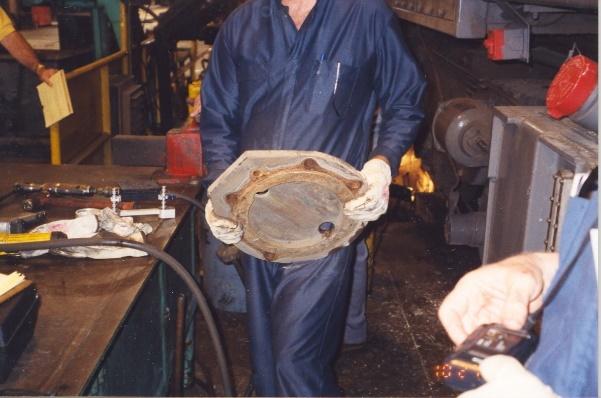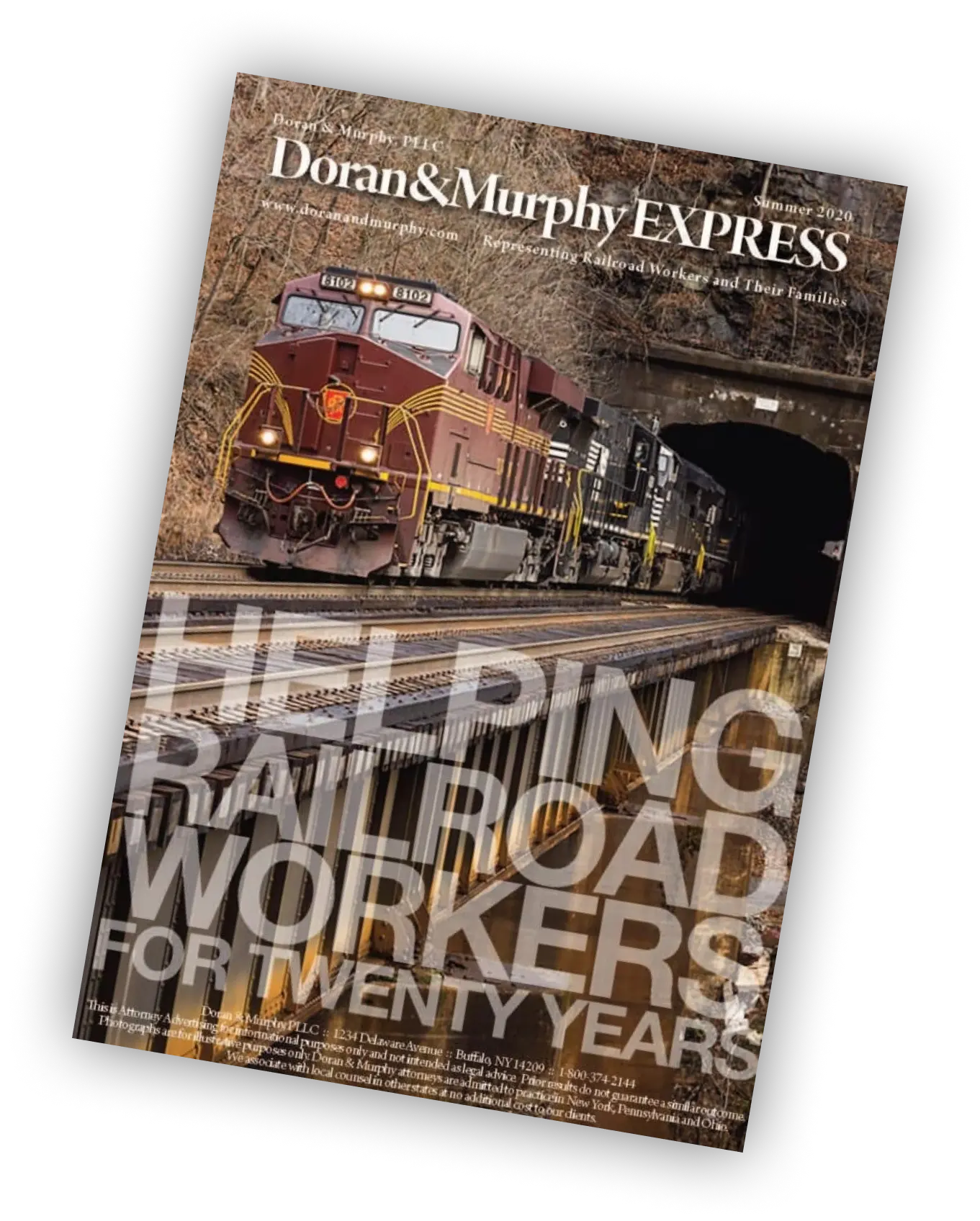
The railroad injury lawyers at Doran and Murphy, PLLC, have handled countless cases over the last 25+ years for railroad workers with lifting injuries. A prior blog discussed OSHA statistics indicating that over 1/3 of all lost time injuries are due to lifting injuries. Several examples of lifting injuries sustained by railroad workers include:
- Track workers who get hurt lifting cross-ties, rail saws, hydraulic spikers, rail sections and heavy track repair equipment and tools
- Diesel shop workers who are injured while lifting locomotive parts and materials
- Brakemen and conductors who sustain injury while moving or lifting draw bars
- Carmen who are required to lift and move welding equipment, railroad car parts, and rail car doors
Lifting injuries are 100% preventable if a company wants to act safely and responsibly. With the arrival of Precision Scheduled Railroading, railroad companies have an incentive to continue putting “profits over people” to please their Wall Street investors. With fewer workers left to do the same number of tasks and often in the same amount of time, injuries are inevitable, and lifting injuries in particular will keep happening. For a railroad worker trying to support a family, that can spell trouble!
As some of the nation’s leading railroad injury attorneys, we have the backs of injured railroad workers. The railroads have always and will continue to blame the workers who get hurt by arguing they were comparatively negligent in causing the injury. We have been highly successful in getting workers the money they deserve because railroad injuries are all we do. We understand what the Federal Employers’ Liability (FELA) requires and how to prove a case. Railroads have been found responsible for injuries when they:
- Fail to provide workers with enough help to lift heavy tools, equipment or materials. As one federal court in the case of Beeber vs. Norfolk Southern concluded: “The Federal Employers’ Liability Act places a duty upon the employer to provide a sufficient number of employees to perform assigned work…An employer’s failure to provide adequate assistance to its employees can constitute a breach of the employer’s duty under the FELA….”
- Fail to provide mechanical assistance, such as cranes, derricks or any other device. One federal appeals court noted in the case of Heater vs. C&O Railway that “the railroad was negligent in failing to use a mechanical crane or, at least, in failing to assign more men to the task.”
- Assign a railroad worker to a job that is too strenuous, especially when the railroad medical department or a supervisor is aware of a prior injury or arthritis which makes re-injury or aggravation of a pre-existing injury more likely. Many court cases, including Fletcher vs. Union Pacific, have established that under the FELA, “a railroad has a duty to assign employees to work for which they are reasonably suited. A railroad breaches that duty if it negligently assigns an employee to perform work beyond his capacity.”
The simple fact is that railroad workers who get hurt in lifting injuries have the protection of the FELA and can generally recover for their past lost wages, medical bills and pain and suffering. Also, in the case where the worker has permanent injuries that prevent them from returning to work at the railroad, they are also entitled to money for future lost wages, future medical expenses which will be incurred, and compensation for the future pain and suffering the worker will continue to experience going forward.
If you want more information about railroad lifting injuries and your FELA legal protection, call the railroad injury attorneys at Doran and Murphy at 1-800-374-2144 or you can email us here, 24 hours a day. We have the experience and a proven track record of success in railroad injury cases!





